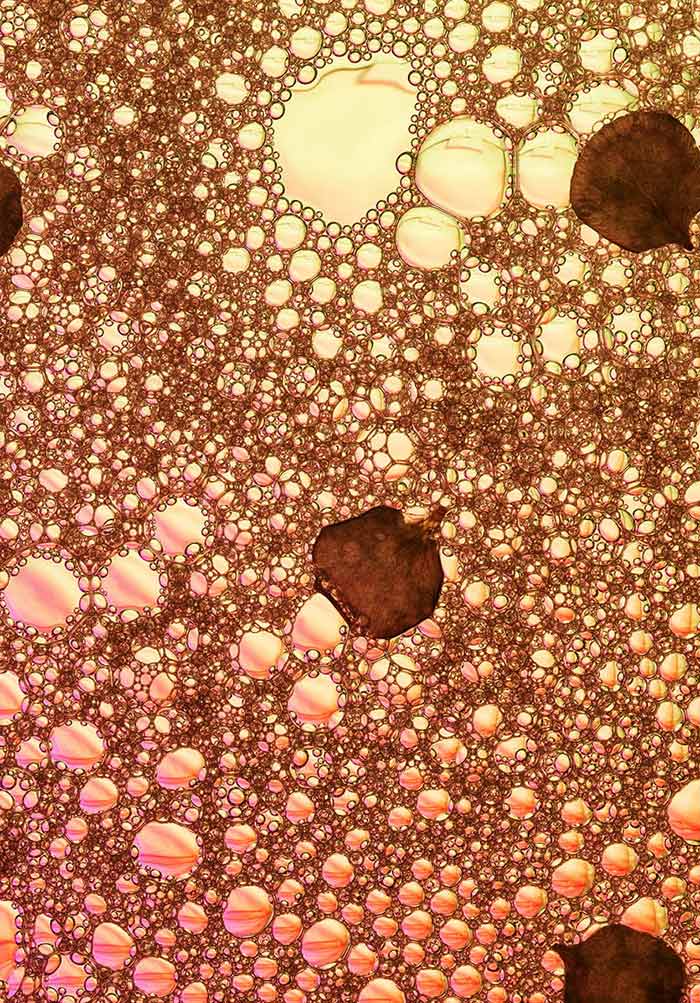Open porosity also known as interconnected porosity is the ratio of the volume of void space within the material that is accessible from the exterior to the bulk volume.
Make open porosity ceramic.
An unglazed not shiny ceramic pot gardening pot is excellent for this and can be used to demonstrate the concept of porosity in a real world ceramic.
This reduces the heat transfer in and out of the building by up to 50 thus helping also in the.
50 nm d 2 nm and macropores.
Porous ceramics can replace metal plastic or fiber based components providing equal or higher levels of performance and extending the useful component life under harsh conditions.
The parameters mentioned above affected the microstructures crystal phases compressive strength and open porosities of ceramic foams significantly.
Porous ceramic in the form of clay tiles are widely used in roofing as an insulating measure.
Studies have shown that clay roof has a higher reflectivity and ventilation capacities compared to traditional roofing products also present on the market.
The range of innovcera porous ceramic filters are made from aluminum oxide and silicon carbide.
Interconnected porosity is a network of pores on a coating surface.
The day before you plan to do the experiment fill the unglazed pot with water and have the students record the height of the water line.
The ceramic coating is finally densified by sintering at 1000 1700 c depending on the material.
There are two kinds of porosity open and closed.
Ceramic foams with a high open porosity and homogeneous pore distribution and sizes could be produced by optimizing the calcination temperature the contents of α tcp and activated carbon powder.
Porous ceramics obtained via sponge replication can reach total open porosity levels of 40 95 and are characterized by a reticulated structure of highly interconnected pores of between 200 μm and 3 mm.
D 2 nm.
It is widely known that increasing interest in porous ceramics is due to their special properties which comprise high volumetric porosity up to 90 with open or closed pores and a broad range of pore sizes micropores.
The strong uniform porous ceramic has 40 50 open porosity with a tortuous pore structure and is available in pore sizes ranging from 6 to 90 microns.
Uniquely porous these ceramic materials contain open cell structures that allow the free flow of liquid or gas.
D 50 nm.









